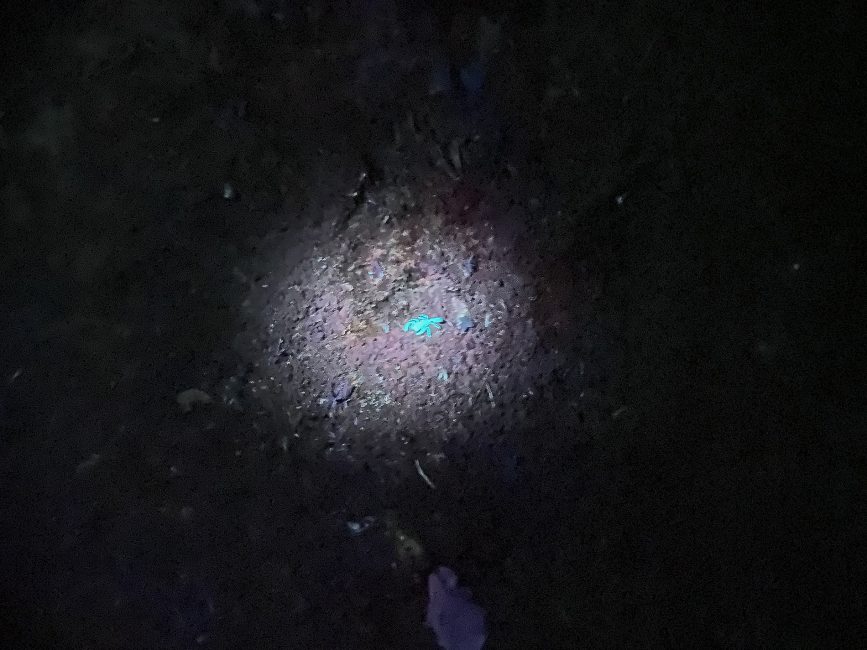
July 8, 2024
Stung by Fascination
- as seen by -
 Samia Islam
Samia Islam
As we embarked into the night for a hike, I could really hear the forest come to life. A deafening, yet peaceful, melody of coquí frogs and other nocturnal species enveloped us.
Recently, I had the privilege of participating in the Wildlife Conservation Society’s EcoVivencias Internship which took place in Puerto Rico. During the internship, we completed a night hike at El Yunque National Rainforest to observe the various species that become active after dark. One species that particularly fascinated me was a small and rather unremarkable-looking scorpion: Tityus obtusus. T. obtusus is endemic to Puerto Rico and can thrive in various climates on the island, including coastal xerophytic forests that survive with little water and rainforests like El Yunque.
These scorpions are small, up to two and three-quarters of an inch (six to seven centimeters) in length. They have small black spots, more visible on the yellow juveniles than on the brown adults. The end of their tail has a sharp stinger that allows them to maintain a carnivorous diet, with venom potent enough to kill small arthropods, larvae, and even small coquís. Though dangerous to humans, these scorpions play a crucial role in controlling the populations of coquís and small arthropods in the forest, thereby maintaining a healthy ecosystem. Thus, T. obtusus, along with the other biotic and abiotic (or living and nonliving) components of El Yunque, enables the forest to thrive.
Prior to this trip, I had no idea that all scorpions are fluorescent. When our tour guide turned off all the lights and illuminated the scorpion with a black light, I was fascinated by the bluish glow emanating from the small creature’s body. This experience has highlighted the intricate connections within the ecosystem and reinforced the importance of every species in maintaining ecological balance.
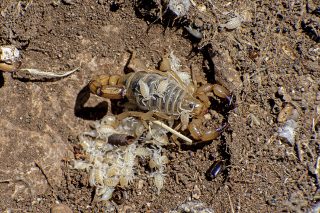
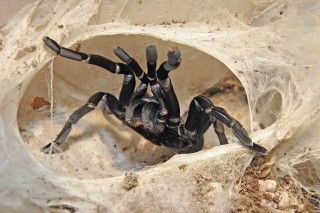
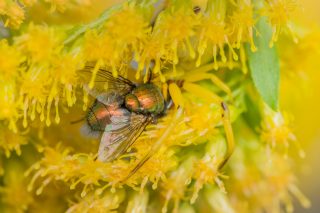
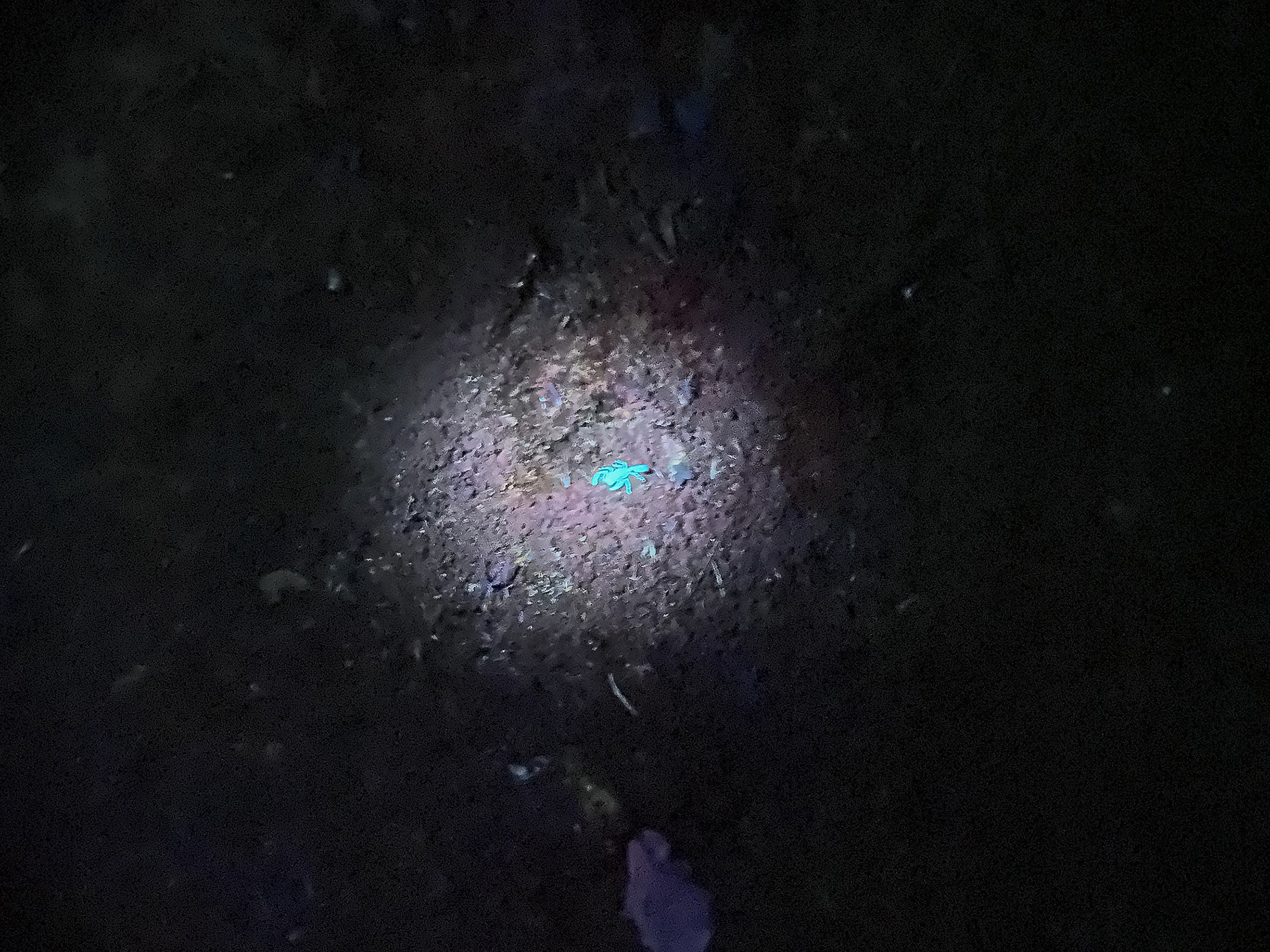
Leave a Comment